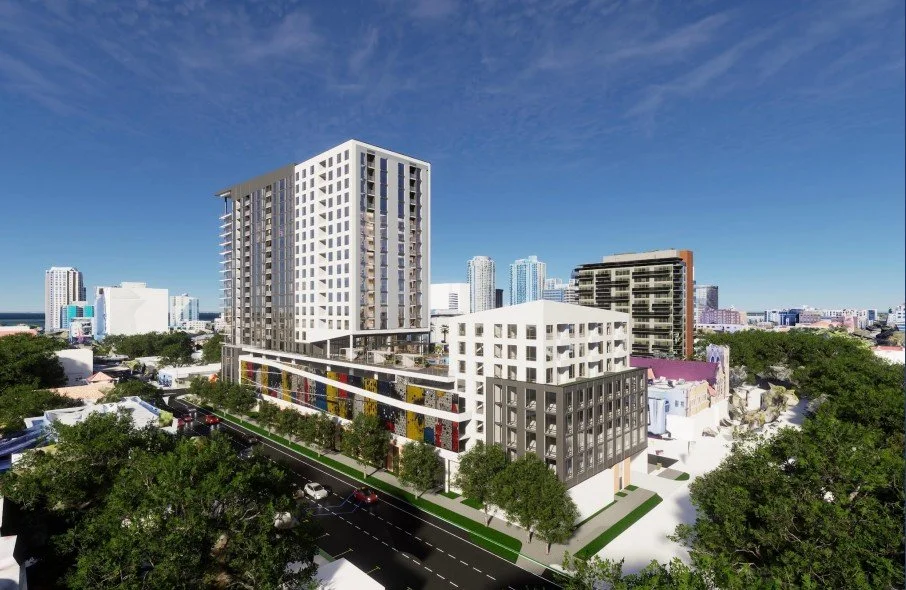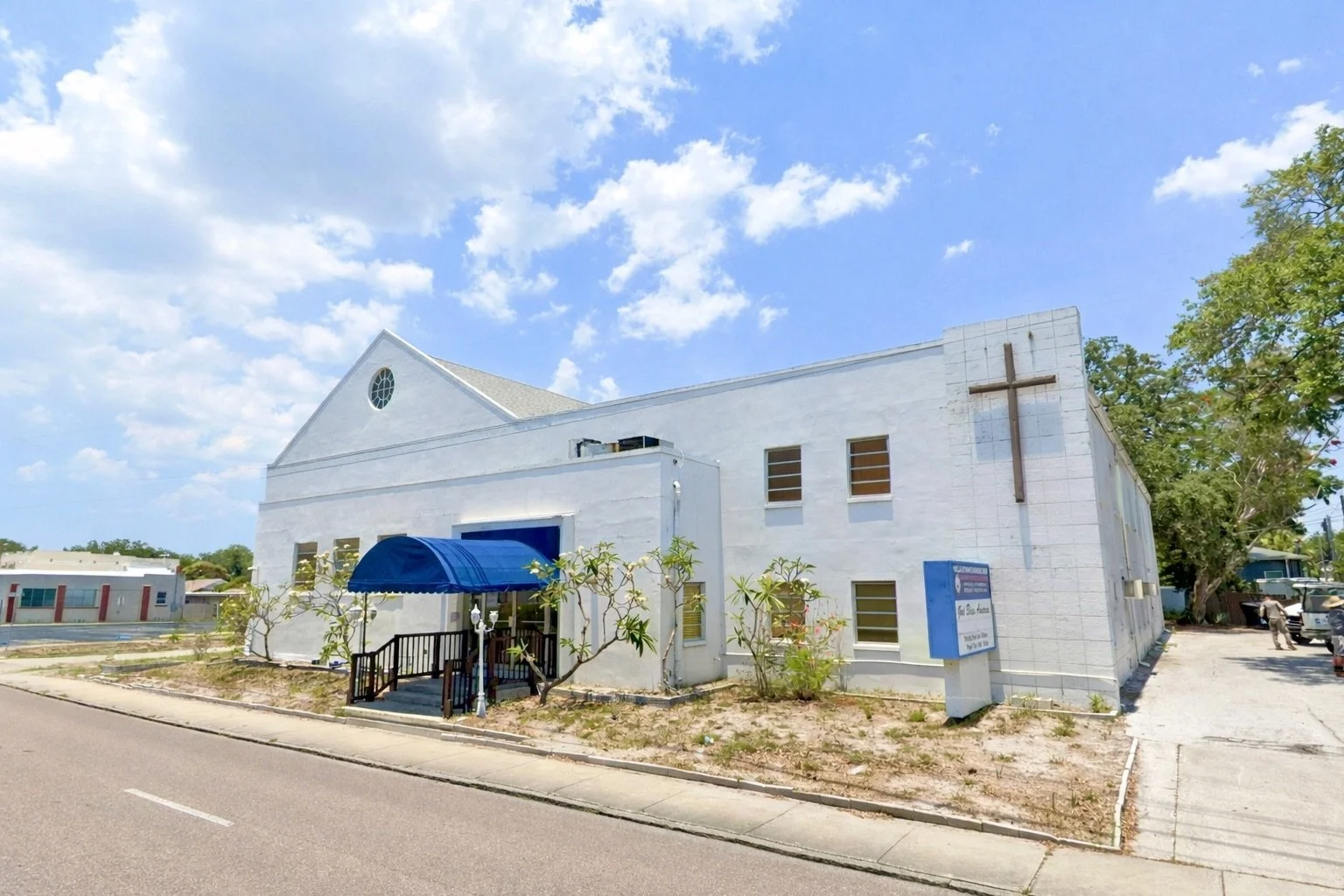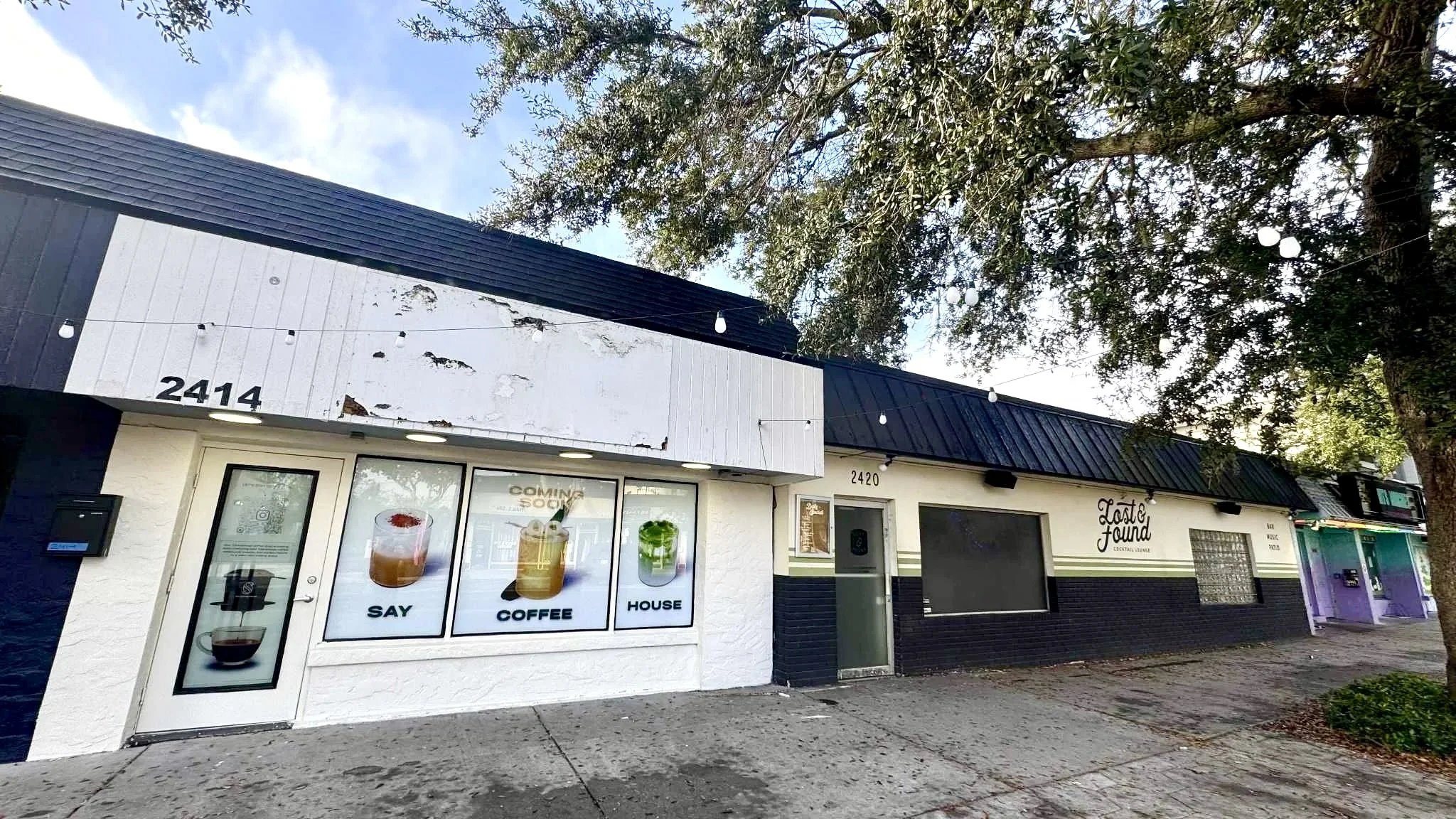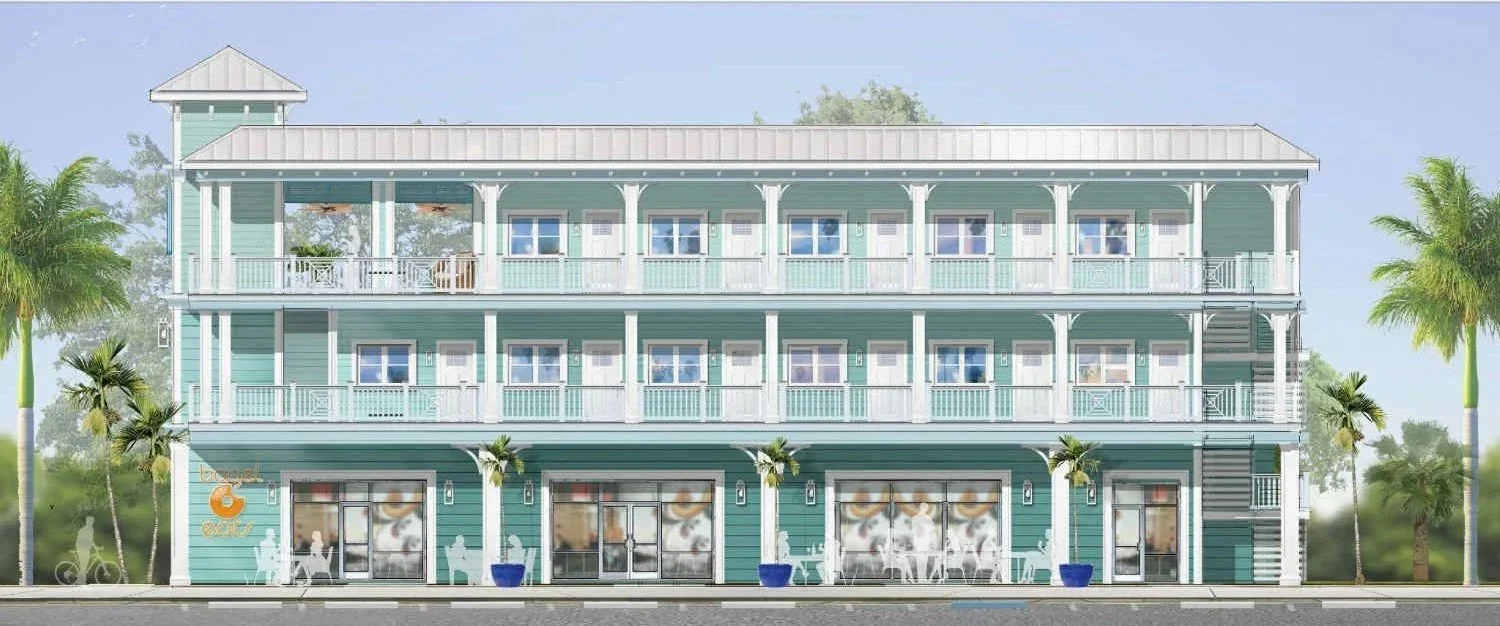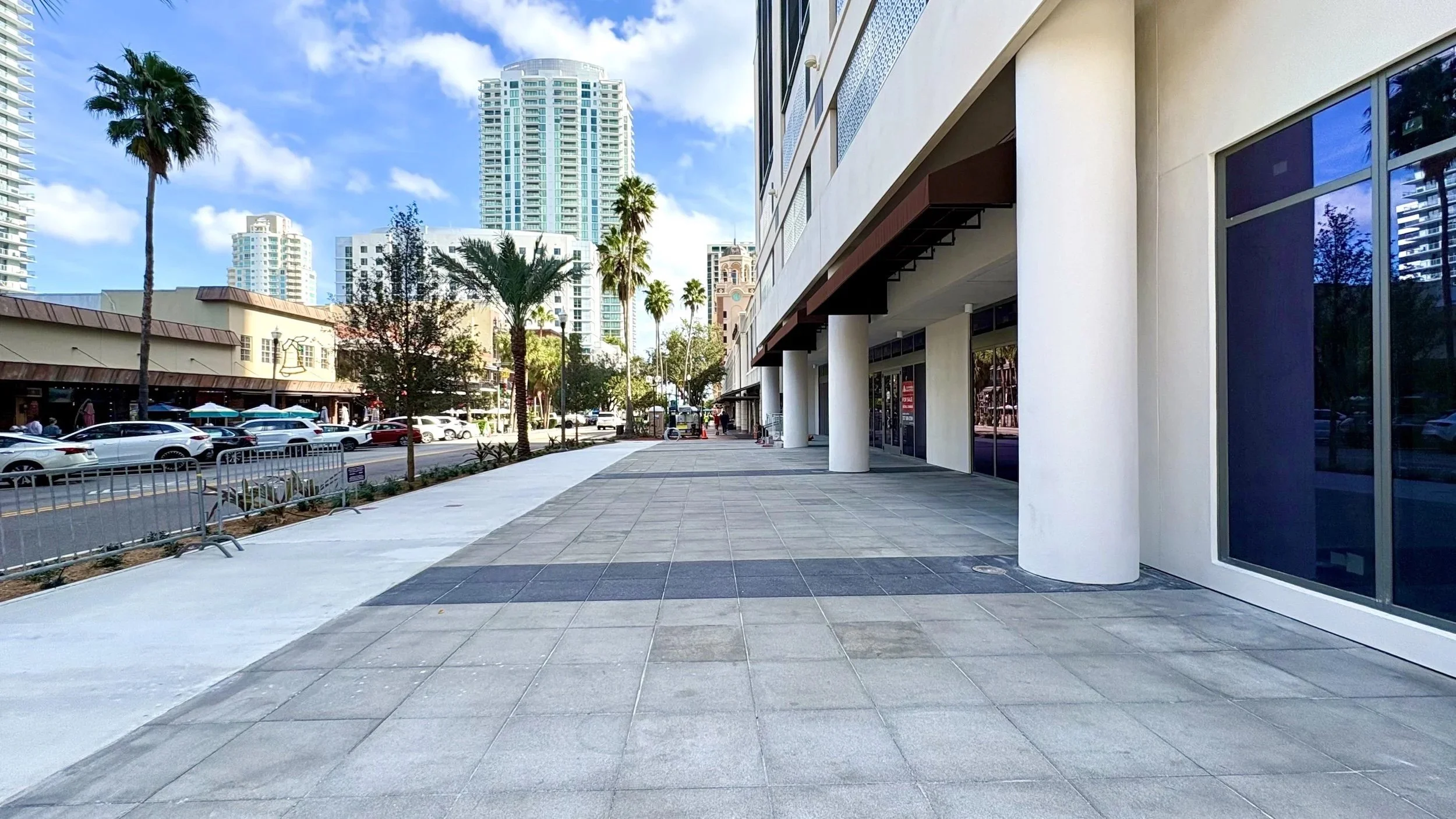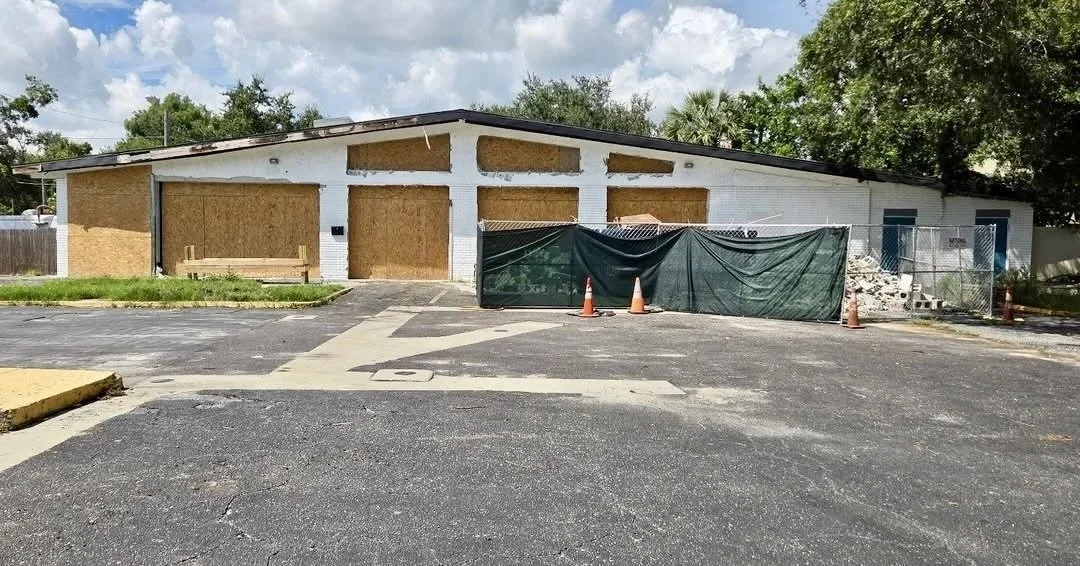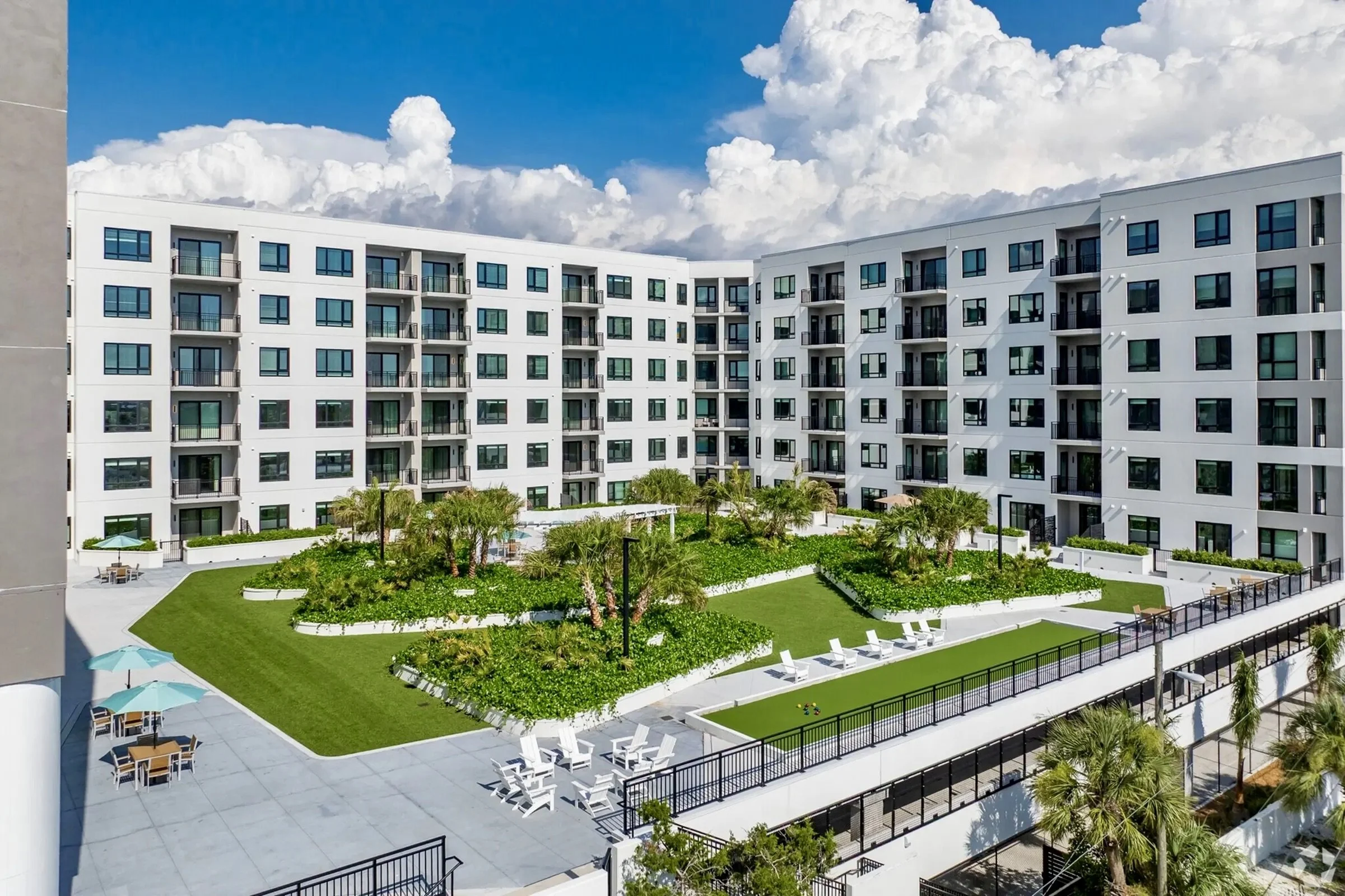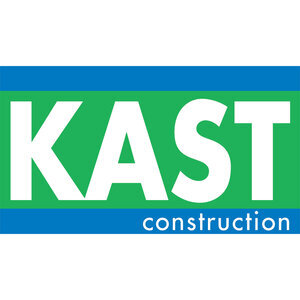St. Pete releases tool to help homeowners build accessory dwelling units
/A garage apartment above a detached garage in St. Pete
The City of St. Petersburg has launched a new tool to assist homeowners in determining if they can build an Accessory Dwelling Unit (ADU) on their property.
The initiative aims to increase awareness about ADUs and ultimately boost their numbers, thereby expanding the city’s housing supply.
ADUs are independent living spaces located on the same property as a primary residence. These units can vary in form and size, including garage apartments, granny flats, pool houses, backyard cottages, and more.
The size of an ADU can range from small efficiencies to two-bedroom units, which may be either owner-occupied or rented. In St. Petersburg, ADUs are restricted to 800 square feet or 67% of the primary home’s size, whichever is smaller.
In 2022, St. Petersburg approved changes to its land development code, significantly increasing the number of parcels eligible for ADU construction. With these changes, 70% of all single-family lots in the city can now accommodate ADUs.
In 2023, the city permitted 110 ADUs—the highest number on record. In the first five months of 2024, an additional 59 units were permitted.
ADUs can vary in form and size, including garage apartments, granny flats, pool houses, backyard cottages, and more | Town of San Anselmo
Despite the recent uptick in ADU construction, many homeowners remain unaware of their ability to build these units.
The new Geographic Information Systems (GIS) mapping tool introduced by St. Petersburg allows homeowners to input their address and determine their eligibility to build an ADU.
Previously, homeowners had to contact the city individually via email, a process that was time-consuming for both the city and property owners.
“As we continue to expand housing options in St. Pete, this new GIS mapping tool will be an essential resource for homeowners considering adding an Accessory Dwelling Unit (ADU) to their property,” stated Amy Foster, Housing and Neighborhood Services Administrator.
“Whether planning for multigenerational living or creating an additional income stream, this tool empowers our residents, contributing to a more affordable and inclusive housing landscape for our city,” Foster added.
The ADU mapping tool was initially conceptualized by Valerie Hyman, a board member of YIMBY St. Pete—a nonpartisan advocacy group pushing for affordable housing and land use reforms to increase housing supply in St. Petersburg.
In 2022, the City of ST. Pete approved new regulations to allow accessory dwelling units (ADUS) in 47 neighborhoods (denoted in blue) throughout the city. The Green area denote parcels that were eligible for ADUs before the regulation change in 2022 | City of St. Pete
Over the past two years, Hyman advocated for the creation of a tool that simplifies homeowners' understanding of their ability to build an ADU.
A year ago, Hyman met with Foster to pitch her idea. Foster later confirmed that the city would incorporate the suggestion into its 2024 housing work plan.
“I’m very happy that this tool is now available," said Hyman, expressing her hope that it will lead to better neighborhoods. "This is just the first step. We need a comprehensive resource where homeowners can navigate the entire ADU-building process seamlessly."
Hyman envisions a resource where homeowners can find ADU plans, connect with lenders and contractors, and read testimonials from others who have built ADUs.
To access the new GIS map and check if your property qualifies for an ADU, visit the GIS Map.
For more detailed information about ADU regulations in St. Petersburg, visit stpete.org/ADU.













